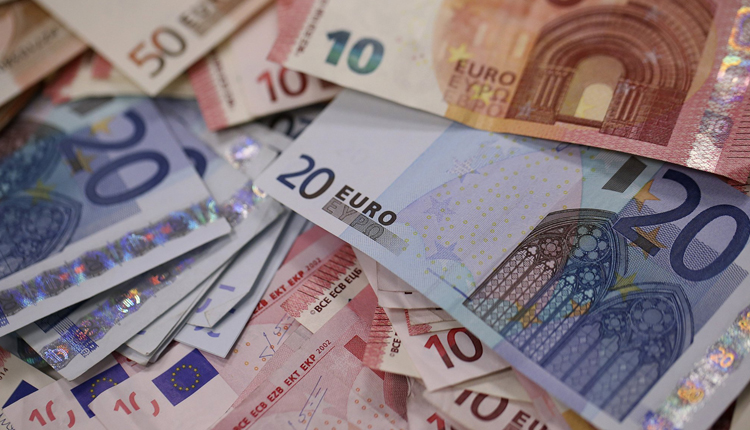Euro prices slipped back in Asian trade on Monday after German Chancellor Angela Merkel was dealt a fresh blow when her interior minister offered to quit in an escalating row over migration policy.
Interior Minister Horst Seehofer, who has called for tougher border controls, said he was ready to step down as minister and as chair of his Christian Social Union (CSU), junior coalition partner in Merkel’s government.
While the euro initially rose to as high as $1.1698 in a knee-jerk reaction to the news, it quickly lost steam as Seehofer’s departure would be seen as making Merkel’s future even more uncertain.
The common currency last stood at $1.1653 EUR=, down 0.32 percent from late U.S. trade on Friday. Against the safe-haven Swiss franc, it fell 0.15 percent to 1.1557 franc EURCHF=.
The euro had gained on Friday after European Union leaders hammered out an agreement on migration that investors hoped would ease pressure on Merkel.
The dollar extended its gains against the yen to hit a fresh six-week high of 111.06 yen JPY=. The Japanese currency was unmoved by the Bank of Japan’s tankan business sentiment survey, which showed a slight dip in big Japanese manufacturers’ sentiment.
The dollar has been supported by the relative strength of the U.S. economy and the prospects of further rate hikes from the Federal Reserve.
Data on Friday showed so-called core personal consumption expenditures (PCE) price index, the Fed’s preferred gauge of U.S. inflation, rose 2.0 percent from a year earlier, the biggest gain since April 2012.
That kept alive expectations that the Fed will raise rates at least once and possibly twice by the end of year. Yet investors are also becoming wary of possible disruptions from the trade disputes triggered by U.S. President Donald Trump’s protectionist “America First” policy.
Canada struck back on Friday at the Trump administration over U.S. steel and aluminum tariffs, imposing punitive measures on C$16.6 billion ($12.63 billion) worth of American goods, effective from Sunday.
The United States has also threatened to impose duties on up to $450 billion of Chinese imports, with the first $34 billion portion set to go into effect on July 6.
While economists expect the direct economic damage from those tariffs to be relatively contained, at least for now, many see the reversal of globalisation could have negative repercussions for years to come, lowering companies’ longer-term growth expectations.
Fears of a trade war have already knocked Chinese shares to two-year lows, and dented the yuan last week.
The yuan, which posted its biggest monthly fall on record last month, was not much changed at 6.6460 per dollar CNH=D4 in offshore trade, just ahead of Friday’s seven-month low of 6.6522 to the dollar.
“The Chinese authorities do not seem to have tried to stem the yuan’s fall, which many people take as a message from Beijing that that’s one thing they could do against U.S. pressure on trade,” said Bart Wakabayashi, Tokyo branch manager of State Street Bank.
The official survey on China’s manufacturing sector published on Saturday suggested growth in the sector slowed slightly in June after a better-than-expected performance in May.
Elsewhere, the Mexican peso gained as much as 1.4 percent, in choppy early Asian trade on Monday after exit polls showed Andres Manuel Lopez Obrador – widely known as AMLO – scored a decisive win to secure Mexico’s presidency on Sunday.
Lopez Obrador, former Mexico City mayor and anti-establishment leftist, rode a wave of voters’ anger at rampant violence and corruption in the country.
Investors are now looking to the results of Congressional elections, where National Regeneration Movement (MORENA), a party that has only existed formally since 2014, could be close to a majority.
The peso last traded at 19.8380 to the dollar MXN=D2, up 0.39 percent on the day and edging near one-month high of 19.5615 touched on Friday.
“I think that given the wide lead AMLO had during the whole campaign, a result favorable to him was already priced in the currency,” said Tania Escobedo, New York-based Latam FX Strategist at RBC Capital Markets. “So far it seems that the process has been calm and without major disruptions. Signs for a smooth transition and a conciliatory tone from the candidates are also, in our view, adding to Mexican peso strength.”
Source: Reuters
